How to Properly Slope a Flat Roof for Effective Drainage?
How does a flat roof drains when they are flat? Have you ever asked this to yourself after admiring a flat-roofed house or building? Well, the answer to that is that although they are flat, they are not levelly flat. Simply put, they are slightly tilted in order for rainwater to drain. They only appear leveled to our eyes, but in actual and careful inspection, you will see that one edge is slightly higher than the other. So how do you properly slope a flat roof for drainage?
Proper Slope Height of a Flat Roof
If you are planning to have a rooftop garden, or if you simply want to maximize your space, a flat-roofed house is the best option for you. But bear in mind that roof drainage of a flat roof is more complex than a pitched roof. Experts in this field, however, find this as a challenge for them. Usually, their answer, if you ask them how to construct an effective drainage for a flat roof, is that all types of roof drainage will depend on how you slope your roof.
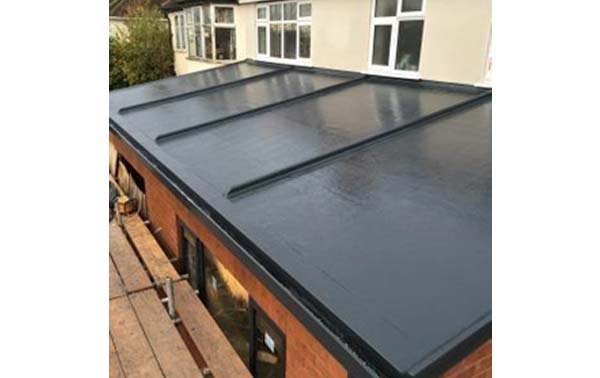
The correct tilt of a slope in your roof is the most necessary thing to do when constructing it. You have to remember that a failed slope on your flat roof is failed roof drainage. It should be noted that if you want a proper slop on a flat roof for drainage, you should tilt it with a correct height for the rainwater to flow naturally to the drainage system. Normally, an estimate of one centimeter (1cm) for every sixty centimeters (60cm) of width at the least should suffice for your slope to be described as correctly built. This will be successfully achieved if you use fir-rings in the construction of your flat roof drainage. Fir-rings are wood battens which have varying height in order to create a slight tilt on your flat roof. Once the slope is properly installed, your focus should now revert back to the flat roof drainage.
Common Types of Flat Roof Drainage
It is a must that flat roofs should have effective drainage in order to avoid pools of water to stock on it. Keep in mind that a pool of water stock on a roof will eventually lead to its damage and disintegration. To give you an idea of how a flat roof drainage works, here are the common types used by most.
Guttering Drainage
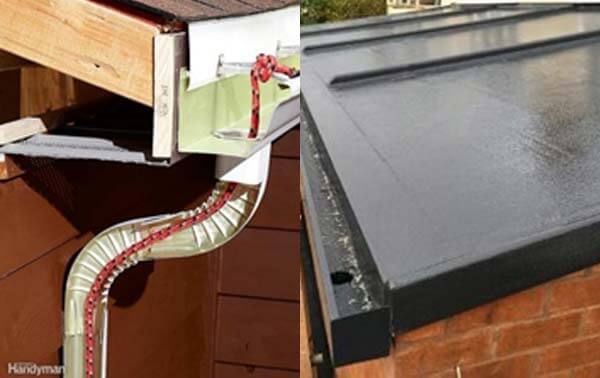
Guttering drainage is one of the most common types of flat roof drainage because aside from it being affordable, it is also effective. It is also called a conductor pipe. To describe it simply, it just like a trough positioned at the edge of your flat roof where water is mainly drained. Galvanized steel, vinyl, as well as aluminum are some of the materials commonly used for gutters.
Guttering drainage is also excellent in controlling the water flow from your flat roof. Because of its effective draining system, the foundations of your home will be well protected. Also, guttering drainage will not make you worry about soil erosion. The only downside in this flat roof drainage is that it easily clogs since it is an open drainage system. Thus, regular maintenance is required in order for increased longevity use.
Siphonic Roof Drainage
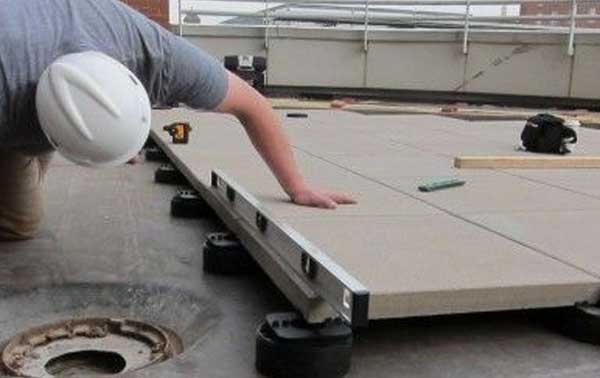
If you want your rainwater to flush itself from your flat roof, then your best choice is the Siphonic Roof Drainage. This flat roof drainage system will help the water pass to the drain faster than the other drainage types. This is generally constructed by allowing a minimal number of outlets, which are all connected and will drain in a single major pipe. Another note worth taking in this type of flat roof drainage is that it does not need sloped pipes. Hence, you will not have any problems when you have to install other equipment on your roof.
Inner Drainage
Inner drainage is most popular with commercial properties or buildings. In this type of flat roof drainage, pipes are placed underneath the roofs or in parapet walls in order to ensure that the pipes will not be visible and space will look good. This inner drainage system is usually positioned in the roof’s center or where the flat roof slope is directed downward.
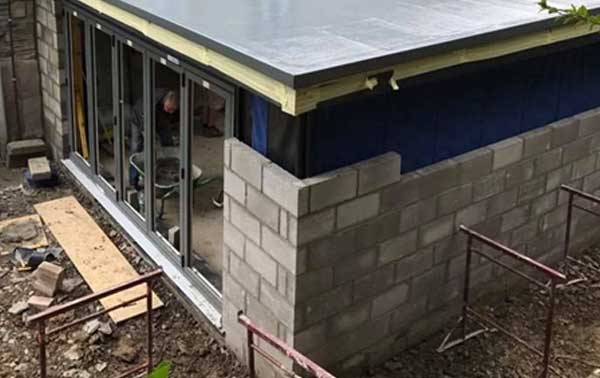
This is one of the best choices if you are planning to construct a large roof or a rooftop garden since there are no visual hindrances present. A properly built slope plus a correctly installed inner drainage system makes a perfect combination. Another benefit of inner drainage is that even if there are leaks in the pipes, since the pipes are not in contact with the parapet walls or roof, there will be no damage to your property. The water will simply drain away. But on the downside, since the pipes are placed underneath the roof, its maintenance, as well as repair, is expensive as compared to other flat roof drainage systems. There is also a possibility of pipes being clogged. Thus, it is best to inspect them regularly.
Scuppers Drainage
In this type of flat roof drainage, opening at the sides of the walls are made where the water from the roof is carried to the gutter. Hence, when using this type of drainage, it is recommended to combine it with a guttering system. Also, in order to protect the walls from being damaged by the water, you also have to install collector heads aside from the gutters. One of the most recommended scuppers is the wide size so that it will not get easily clogged by leaves or twigs.
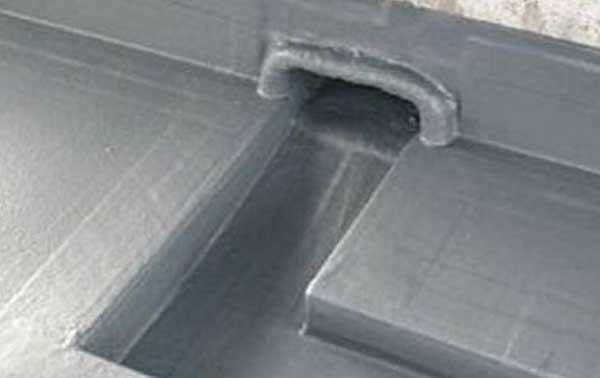
Another plus factor of this type of flat roof drainage is that even if there is debris, it will not block the water flow since you have the collector heads to do it for you. But of course, just like any other type of drainage, this also has its cons. One of its downsides is that if you have a limited space, you will have no choice but to use small scuppers. Unfortunately, unlike wide scuppers, small ones easily clog because of its size. Moreover, combining it with downspouts is not a good idea since it may affect the sturdiness of your home’s foundation.
These are only some of the drainage system that you may use for your flat roof. However, if you want to make sure that your home has a properly tilted slope and the best flat roof drainage, it is still recommended for you to consult and hire a professional.

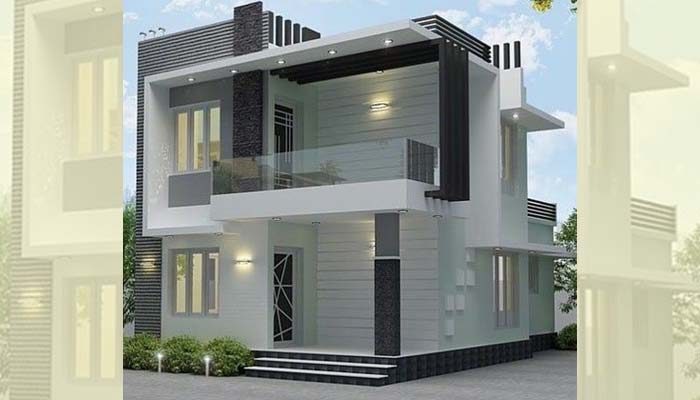







Leave a Reply
Want to join the discussion?Feel free to contribute!